Starting February 24th, the entrance to Tranzit.ro/Iaşi contemporary art space is lit from the inside. A new work by Jens Haaning will be exhibited there permanently. The project consists of transplanting a light fitting from the House of the Republic, the building in Bucharest, now called the Palace of Parliament, to the Iași location on 7-9 Al. Lăpuşneanu street. The object is positioned on the left wall of the entrance, inside, about three meters high. It will always cast its light. It spreads a warm, fairly faint light. It is a simple light fixture, an utilitarian object produced before 1989. As soon as I saw it, I was reminded of a similar one from above the entrance of the school in which I studied back in the old days of the socialist state.
This is not the Danish artist’s first time working in Iași. He took part in the Periferic 7 biennial in 2006 with an action which, back then, facilitated the journey of an object, this time over intercontinental distances. Ten biennial catalogs were sent to a post office in Africa (10 Periferic 7 catalogs sent to a post office from Africa, randomly chosen, International Biennial Periferic 7: Focussing Iaşi, section: Strategies of learning, curator: Florence Derieux, 2006). Besides, if someone tried to classify Haaning’s work or this type of intervention which involves relocating and distances, stands out as a category in itself. At Middleburg, a garment factory was moved to the exhibition space. Completely: the dining hall, the office production hall, employees (Middelburg Summer, De Vleeshal, Middelburg, The Netherlands, 1996). In 2009, 100 pigeons from Tirana were transported across the border to Thessaloniki (Albanian Pigeons, Thessaloniki Biennale, Greece, 2009). With their movement, beings and things indicate real, yet invisible boundaries and borders.
A subcategory could consist of works in which Haaning uses the procedural language of exchange by changing the light fixtures. A neon tube from a Copenhagen exhibition space has been replaced with another one from a Vietnamese food store in Texas … or vice versa (Copenhagen – Texas [Light Bulb Exchange], Overgaden, Copenhagen, Denmark, 1999). The same process was applied in Australia, changing several neon tubes from a gallery with others from a Vietnamese garment factory (Merivale Street – Vinamaus Company [Light bulb exchange], Parallel Structures, 60 Merivale Street / David Pestorius, Brisbane, Australia, 2001; Parallel Structures, Gertrud Contemporary Art Space, Melbourne, Australia, 2002). At the 11th edition of Documenta, Hanning did a street bulb exchange involving locations in Kassel and Hanoi (Kassel – Hanoi [Light bulb exchange], DOCUMENTA 11, Kassel, Germany, 2002).
Depending on the angle from which you look at it, the Iași-Bucharest-Iași project has some distinct semantic layers. The first of these is the symbolism of light and the era of hypertechnological obscurantism in which we live. The light casts away the fear, the confusion. Light that is permanently turned on does this continuously, it’s almost like a shelter. Utility light is a reminder of that moment when electricity used to symbolize, with little ambiguity, social progress.
Some of us believe we live in dark, troubled times, where obscurity matters more than clarity, in which not only news can be false, but consciences as well. Contrary to expectations, the return to religion, to tribal fears or tribulations, offer blow after blow everywhere in the world following the humanistic universalism hit.
In Romania, a series of artistic projects and intellectual protests related to the People’s House have criticized the Cathedral for the Salvation of the Romanian Nation, which stands behind it as a monumental symbol for the post-communist religious nationalist revival. It is impossible not to notice, however, that the gigantic church fits perfectly into the ideological frames of demolishing communist symbols. Although the representatives of the church carried on a project initiated by Patriarch Miron Cristea (the prelate-premier who actively participated in the support of anti-Semitic policies initiated in the 1930s), critics systematically fail to recognize the nostalgia of the anti-communist cultural elite for the interwar period, which many have lived to the fullest. The demolition of churches during the urban systematization of Bucharest, after the earthquake of 1977, has been a central theme in condemning communism over the last 25 years. If only one brick had been laid every time a Romanian intellectual lamented over the demolition of the Bucharest churches, the result would probably be an edifice visible from the Moon.
Let’s move on from the amazement of Valentin Mandache, who remembers how, as a student, he would observe the technology used to move some of the churches. A process comparable to a real trip to the Moon. The article where we can read about this refers to a technique used multiple times in the 1980s, to move the Church of the Nuns, among others. The author notes that after 1989 the building moves have stopped. Why? We can suspect that capitalism-shaping real estate developers do not demolish historic buildings.
Today, the engineering project of preserving a few historical monuments that should have been replaced by the infrastructure of the new classless society no longer matters, lest as part of some lamentation. Common effort and collective will are seen as part of a contradictory individualist history, within a narrative about how local technical expertise or the efforts of professionals have saved the buildings in question … with the concurrence and approval of those who demolished them. However, according to engineer Eugeniu Iordăchescu, the need has not disappeared, knowledge has disappeared. “I am 54, the younger generation of architects does not know the method,” he said in 2016.
Another semantic layer suggests transfer, redistribution, re-ownership. Today, the House of the People houses the parliamentary political elite, who appear foreign to the general public. Probably just as foreign as any art exhibition at the National Museum of Contemporary Art, an institution housed by the same building. Symbolically, a small part of the People’s House will have a new life in the province, in Iași, in the form of a contemporary art work.
There, this simple body of light can perform a memorial function. It can be seen as an industrial memorial fire. The House of the Republic was built with a huge laborious effort, it demanded sacrifices from civilian workers and militants mobilized not in wartime but on the construction site. Approximately 20,000 men allegedly worked there. After 1989, though the construction carried on, becoming the symbol of opulence for the post-communist political class, some of the workers were deprived not only of the moral recognition of their work but also of their material rights for their labor. In 2013, some of them were still looking for the Carpathian Trust’s lost archive, hoping they could rebuild their pension rights. They still hoped to preserve the history of their work. “People are desperate because they need papers to prove their seniority in work.” This news title claims they are victims of the construction yard, not the transition to capitalism.
In any case, the object can create the opportunity for the reflexive distance that is needed to clarify the enormous contradictions that continue to accompany the House of the Republic’s image. The curatorial text accompanying the work refers to the ideological power to limit the huge building within the predictable boundaries of capitalist rhetoric, where global tourist fiction surrounding the “dictator’s palace” tends to replace respect for the local historical reality. So the overflowing past is converting into an ambiguous present. “House” is replaced with “Palace”. And criticizing the tastes of the shoemaker who become president of the Socialist Republic of Romania tends to be so vehement that it might just discourage any other shoemaker from ever dreaming of such a job or to generally have any aesthetic ambition. If you are to follow today’s dominant public discourse, you’d think that for centuries the Romanians were the only eminently bourgeois people in Eastern Europe, an undisputed arbiter of good taste for the whole region. Present times demand that the architecture of the socialist regime pay an homage to all that is old and elitist, as if the anti-bourgeois socialist ideology had not existed, as if the oligarchic “little Paris” had been entitled to be perpetually preserved in the proletarian government’s post-1977 urban plans.
More annoyingly so is the issue of authorial attribution. In 1990 the building, initially meant to house the State Council, the Great National Assembly and the Central Committee of the Romanian Communist Party, was opened for visitors. During that same period the architect Anca Petrescu was denounced by her colleagues in a disgraceful manner, to the point where, according to her personal testimony, a Bucharest institute called for her criminal investigation for “undermining of the national economy”. Paradoxically though, the architect’s marginalization and the public shaming of the project allowed Anca Petrescu to officially claim the sole authorship, according to the new capitalist rules of “intellectual property”. A public bulletin from the Chamber of Deputies states: “Since 1998, ORDA has found that Mrs. Anca Petrescu is the sole author of the Palace of Parliament building project and the beneficiary of all patrimonial rights provided by Law 8/1996. On July 30, 2008, OSIM has issued invention patent number 120282 in favor of Mrs Anca Petrescu, which is valid for 20 years starting with August 13th, 2001. ”
Here is one concrete and perfectly contradictory effect of dislocating the common past, of denying merit or collective responsibility. Just one among many others.
POSTED BY
Ovidiu Gherasim-Proca
Ovidiu Gherasim-Proca lectures at the Faculty of Philosophy and Socio-Political Sciences at the Alexandru Ioan Cuza University in Iași....


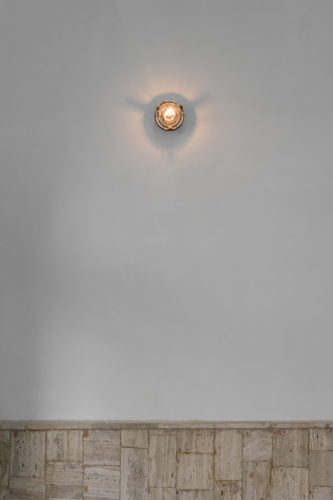
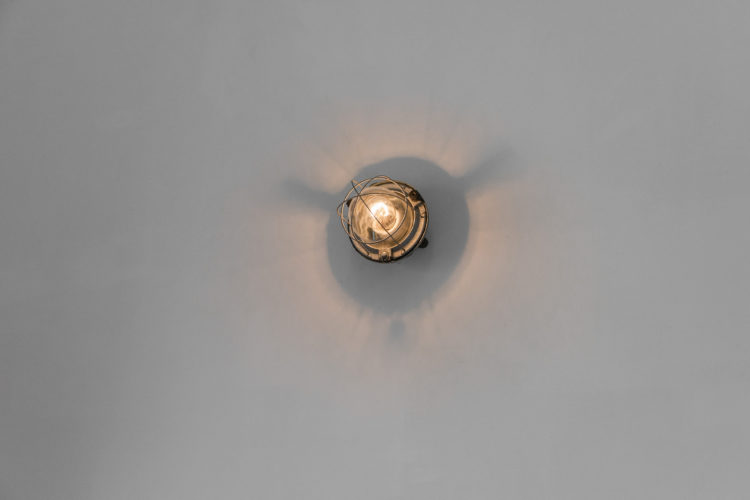
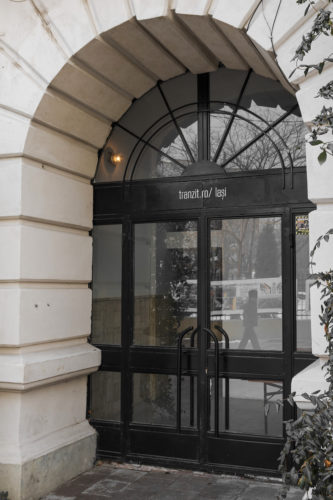
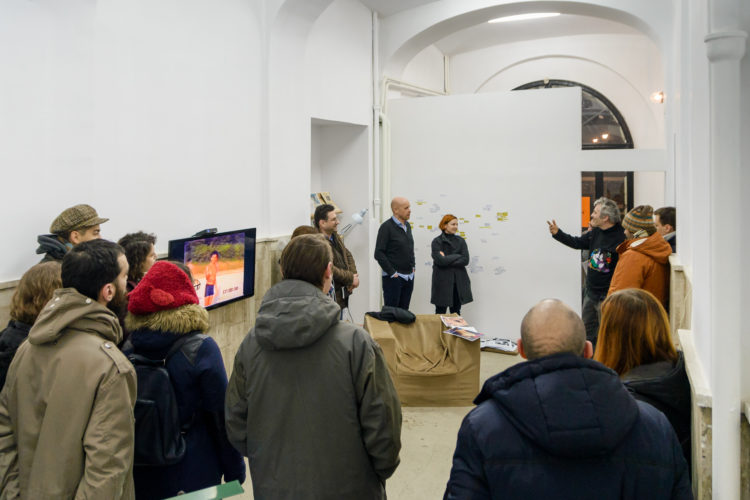
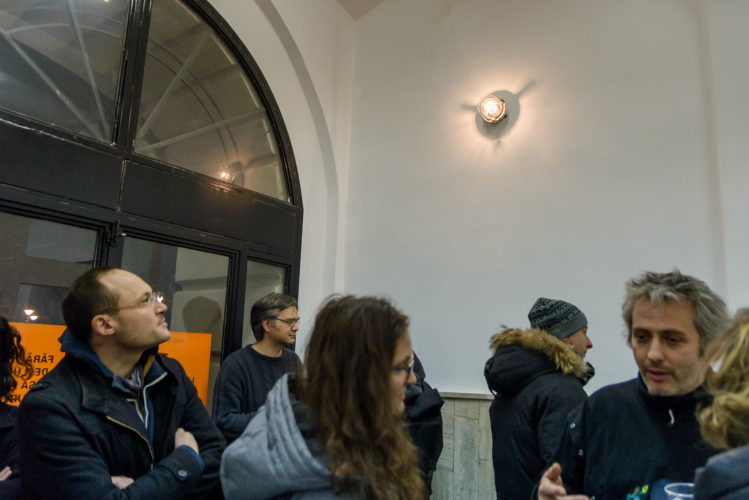
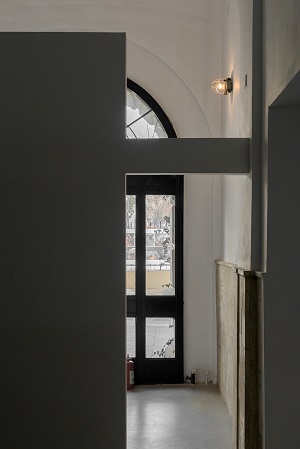
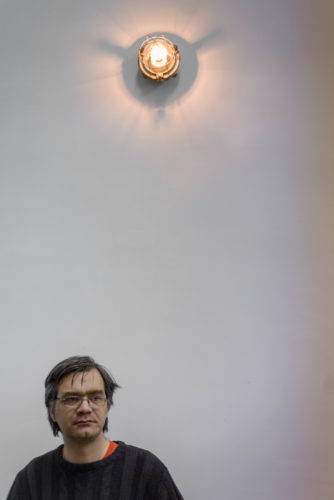

Comments are closed here.